The NDSS is administered by Diabetes Australia
- /
- Travel
A letter from your doctor about your health, which insulin and other medications, and diabetes supplies you need to carry with you for your diabetes
Prescription for medications including insulin and glucagon, and consider medication for nausea and diarrhoea if traveling overseas
Written plans to manage any diabetes issues on the trip, for example, low blood glucose levels (hypoglycaemia or hypo for short) and illness (sick days)
A list of contact details (phone number and/or email) for your doctor and diabetes health professionals
A written plan for how to manage your diabetes, including insulin and eating, if you are travelling across time zones
Take out travel insurance and health cover including for having type 1 diabetes
Organise extra supplies like:
Bring your essentials such as insulin, glucagon, hypo and sick day action kit in your carry-on luggage when travelling by plane.


What to pack:
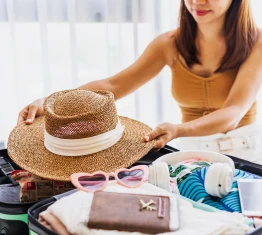
Keep essential diabetes items in your carry-on when travelling by plane including extra carbs. This includes your insulin and glucose monitoring equipment, and your hypo and sick days action plan. This way, you’ll have everything you need, even if your checked bags get lost.
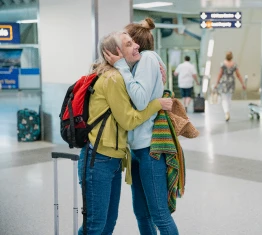
Pack your diabetes supplies in your carry-on bag instead of your checked bags if you’re flying. This way, you’ll have everything you need, even if your checked bags get lost. It’ll also stop your diabetes supplies from being exposed to extreme temperature changes, which can stop your insulin from working.
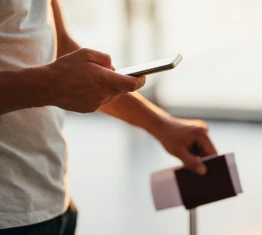
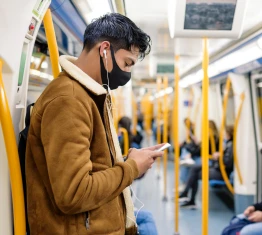
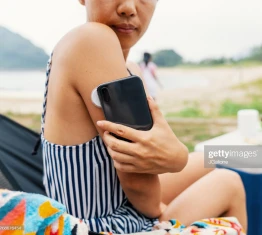
Check your blood glucose levels often while you’re travelling to make sure they stay in your target range.
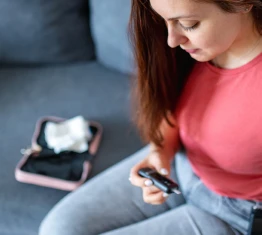
Store your diabetes supplies, including your hypo kit within arm’s reach, such as under the seat in front of you if you’re travelling by plane. This way you’ll have snacks and supplies on-hand should you have a hypo or if there is a delay in getting meals.

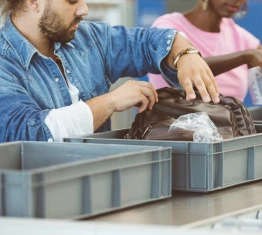
Check your blood glucose levels regularly
Changes in routine, time zones, or food can affect your blood glucose levels. Remember to check your blood glucose more frequently while travelling.
Pack some healthy snacks
Pack your favourite healthy snacks for when you’re on the go and sight seeing. This will help you avoid unhealthy choices and manage your blood glucose levels.
Include physical activity
Plan fun activities to stay active during your trip. This will help you manage your blood glucose levels and enjoy your holiday.
Make sure you stay hydrated, especially when active or in hot weather.
Time Zones
Keep track of both your departure and destination time zones. Adjust your insulin pump’s time settings to the local time upon arrival.
Be prepared by knowing how to contact: